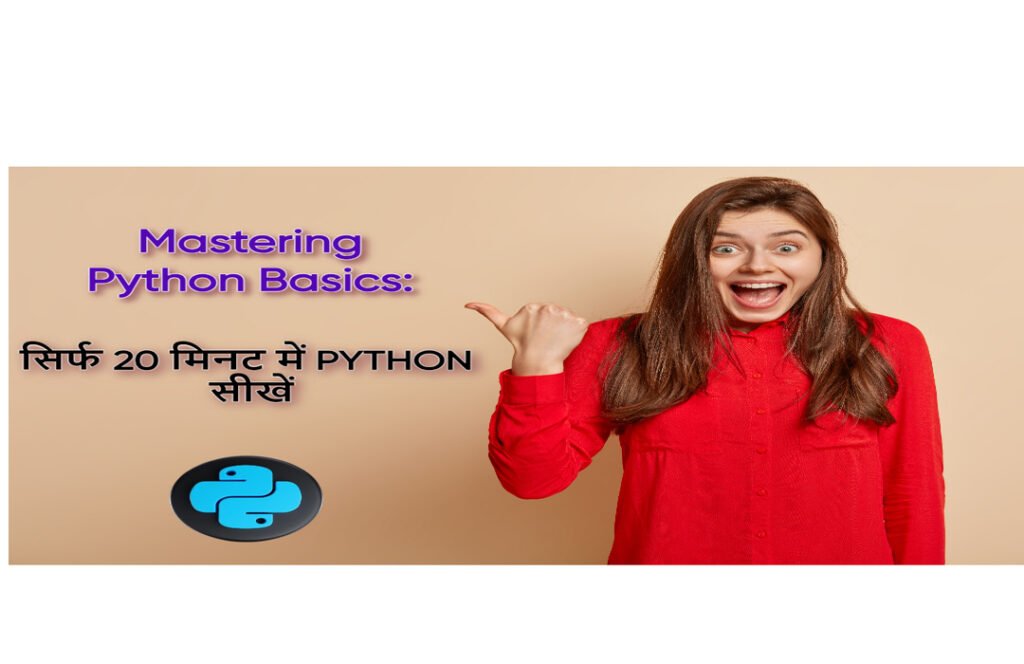Introduction to Python Programming
Python is a versatile and beginner-friendly programming language that has gained immense popularity in recent years. Its simplicity, readability, and a vast community of developers have made it an ideal choice for both newcomers to programming and seasoned developers. In this tutorial, we will introduce you to the world of Python programming and guide you through the basics to get you started on your coding journey.
What is Python?
Python is a high-level, interpreted programming language known for its simplicity and readability. It was created by Guido van Rossum and first released in 1991. Python’s design philosophy emphasizes code readability with its clear and concise syntax, making it an excellent choice for beginners.
Why Python?
Python offers several advantages that make it a popular choice for both beginners and professionals:
Readability: Python’s code is easy to read and write, which reduces the cost of program maintenance and development.
Versatility: Python can be used for a wide range of applications, including web development, data analysis, artificial intelligence, scientific computing, and more.
Large Standard Library: Python comes with a vast standard library that provides pre-built modules and functions for various tasks, reducing the need to write code from scratch.
Community Support: Python has a thriving community of developers who contribute to its growth. This means plenty of resources, libraries, and tutorials are available online.
Cross-Platform: Python is available on multiple platforms, including Windows, macOS, and Linux, making it versatile and accessible.
Setting Up Your Python Environment
Before you start writing Python code, you need to set up your development environment. Here are the basic steps:
Install Python: Download and install the latest version of Python from the official Python website. Follow the installation instructions for your specific operating system.
Text Editor or IDE: You can write Python code in any text editor, but using an Integrated Development Environment (IDE) like PyCharm, Visual Studio Code, or Jupyter Notebook can enhance your coding experience.
Testing Your Installation: Open a command prompt or terminal and type python. You should see the Python interpreter prompt, indicating that Python is installed correctly.
1.Your First Python Program
Let’s start with a simple “Hello, World!” program to get familiar with Python syntax:
print(“Hello, World!”)
To run this program, save it with a .py extension (e.g., hello.py) and execute it from the command line using python hello.py. You should see the output: Hello, World!
2.Basic Python Syntax
Python uses indentation to define code blocks, making it crucial to format your code correctly. Here’s an example of a simple conditional statement:
x = 10
if x > 5:
print(“x is greater than 5”)
else:
print(“x is not greater than 5”)
3.Variables and Data Types
In Python, you don’t need to declare a variable’s data type explicitly. Python infers it from the assigned value. Here are some common data types:
int: Integer numbers (e.g., 5, -2, 1000).
float: Floating-point numbers (e.g., 3.14, -0.5, 2.0).
str: Strings (e.g., “Hello, Python!”).
bool: Boolean values (True or False).
4.Conditional Statements
Python supports common conditional statements like if, elif (else if), and else. For example:
grade = 85
if grade >= 90:
print(“A”)
elif grade >= 80:
print(“B”)
else:
print(“C”)
5.Loops
Python offers for and while loops. Here’s an example of a for loop:
fruits = [“apple”, “banana”, “cherry”]
for fruit in fruits:
print(fruit)
6.Functions
You can define functions in Python using the def keyword:
def greet(name):
return f”Hello, {name}!”
message = greet(“Alice”)
print(message)
7.Working with Lists and Dictionaries
Python provides versatile data structures like lists and dictionaries:
List
fruits = [“apple”, “banana”, “cherry”]
fruits.append(“orange”)
print(fruits)
Dictionary
person = {“name”: “Alice”, “age”: 30}
print(person[“name”])
8. Modules and Libraries
Python has a rich ecosystem of modules and libraries. You can import and use these to extend Python’s capabilities:
import math
result = math.sqrt(16)
print(result)
Where to Go from Here
Congratulations! You’ve completed this introductory tutorial to Python programming. Python is a vast language, and there’s so much more to explore. To continue your learning journey:
Dive deeper into Python’s data structures and advanced topics.
Explore Python libraries like NumPy, pandas, and matplotlib for data analysis.
Build projects to apply your skills and gain practical experience.
Seek out online courses, books, and tutorials for more in-depth knowledge.
Remember that practice is key to mastering Python or any programming language. Keep coding, and you’ll become a proficient Python developer in no time!

